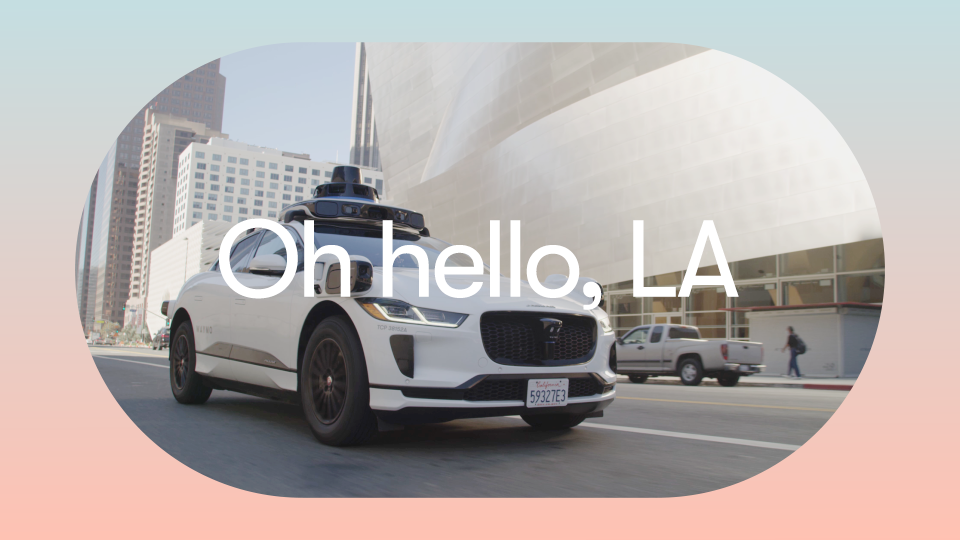Waymo Begins Testing Fully Autonomous Robotaxis on Los Angeles Freeways
Waymo, the Alphabet-owned autonomous vehicle company, has announced a significant milestone in its expansion: the start of testing for its fully autonomous robotaxis on Los Angeles freeways. This move marks a pivotal step in the company’s mission to revolutionize urban mobility, particularly in a city notorious for its sprawling geography and reliance on freeways for efficient travel.

The Freeway Frontier
Waymo’s driverless vehicles, already a common sight on LA’s surface streets, will now navigate the complex network of freeways, including Interstates 10, 110, 405, and 90. These tests will initially be limited to Waymo employees, who will provide feedback on the service before it is opened to the public.
The decision to tackle freeway driving is a strategic one. In a city like Los Angeles, where freeways are often the fastest route between destinations, unlocking this capability could give Waymo a competitive edge over traditional ride-hailing services. For example, a trip from Santa Monica Pier to downtown LA could be cut in half by utilizing the 10 Freeway.
A Phased Approach to Expansion
Waymo’s approach to freeway testing follows the same cautious, phased strategy it has employed in other markets. The company has been mapping LA neighborhoods for several years and received approval to operate commercial robotaxi services in the city.
Despite this approval, Waymo has been deliberate in its rollout. The company initially limited its LA operations to surface streets, citing the need for further testing and safety evaluations. This cautious approach reflects the company’s commitment to ensuring the reliability of its technology before expanding to more complex environments.
Safety and Public Perception
Safety remains a top priority for Waymo as it ventures into freeway testing. The company emphasizes that its vehicles are equipped with advanced sensor arrays, including LiDAR, radar, and cameras, which enable them to navigate complex environments with precision. However, public skepticism persists, particularly among local officials and unions concerned about job losses and the need for greater oversight.
Waymo’s expansion also highlights the broader challenges facing autonomous vehicle technology. While the company has completed millions of fully autonomous rides, incidents involving autonomous vehicles underscore the need for continuous improvement and transparency.
What’s Next for Waymo in LA?
As Waymo begins freeway testing, the company is also exploring new features to enhance the rider experience. A recent discovery in the Waymo app suggests the company may be developing a charity “tipping” feature, allowing passengers to donate to causes of their choice after a ride.
Looking ahead, Waymo plans to expand its service area and eventually offer freeway rides to the public. This could significantly improve the efficiency of its robotaxi service, making it a more attractive option for Angelenos navigating the city’s notorious traffic.
Waymo’s foray into freeway testing in Los Angeles represents a bold step forward for autonomous vehicle technology. While challenges remain, the company’s cautious approach and commitment to safety suggest that driverless cars could soon become a common sight on LA’s freeways. As the technology continues to evolve, Waymo is poised to redefine urban mobility in one of the most car-dependent cities in the world.